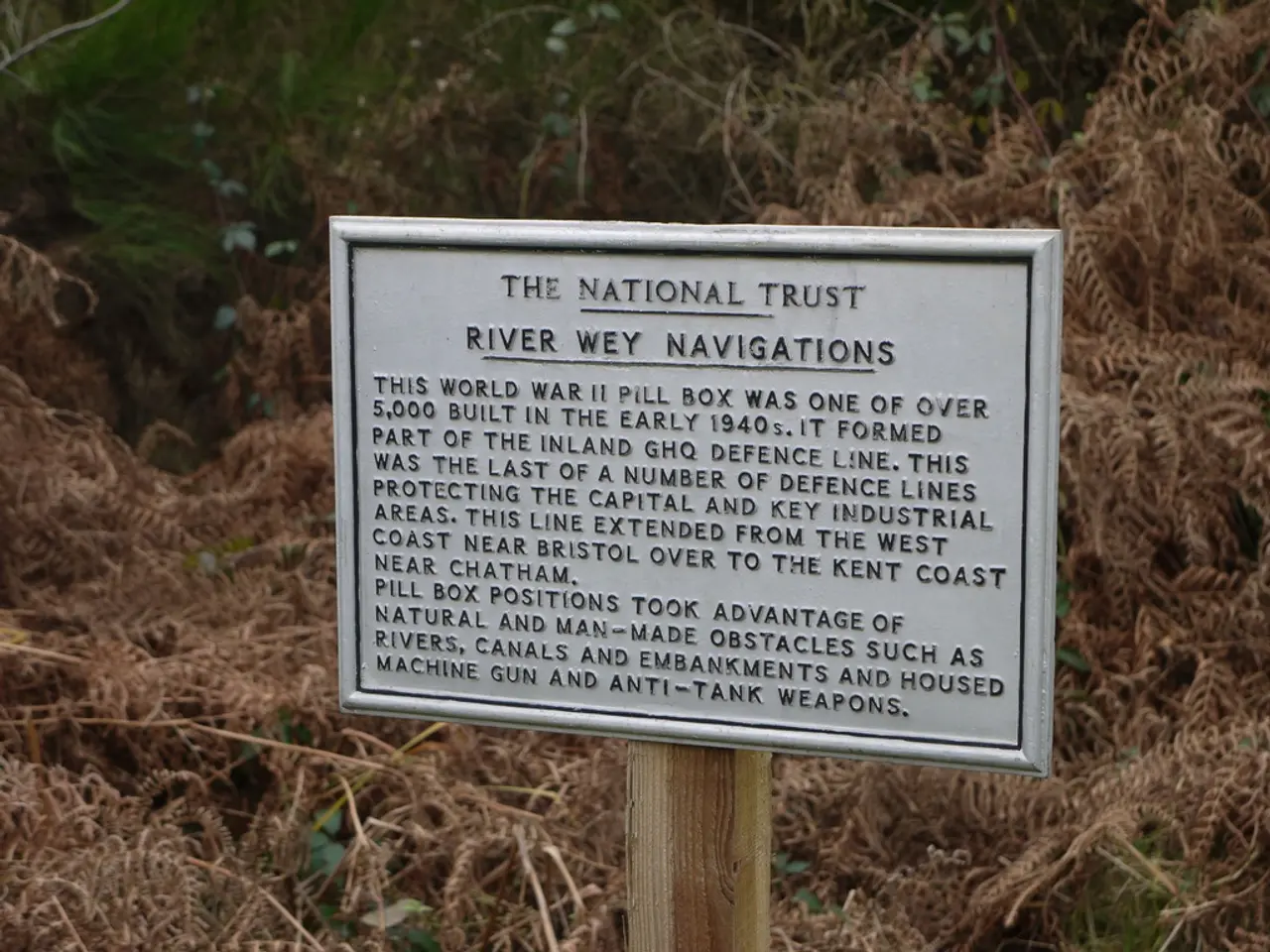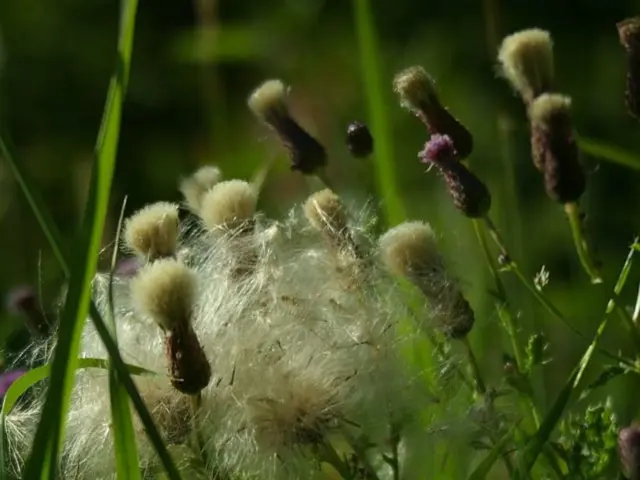Discover the Vibrant Japanese aucuba: Care Tips and US Planting Zones
Japanese aucuba, or gold dust plant, is a vibrant evergreen shrub that thrives in mild, moist climates. It's known for its striking, colorful foliage and attractive berries. Here's how to care for it and where to plant it in the US.
Aucuba japonica grows best in well-drained soil, tolerating various types including heavy clay. It prefers shade, with deeper shade resulting in brighter leaf color. Plant them 2 to 3 feet apart, as they grow slowly and rarely need pruning. They can reach 6 to 10 feet tall with leaves up to 8 inches long.
To keep the soil moist and prevent weeds, apply a 2 or 3 inch layer of mulch over the roots. Regular watering with cold water is essential, and they have moderate drought tolerance. They may occasionally be affected by scale insects, which can be treated with insecticidal soap or neem oil in early spring.
Aucuba japonica survives winters in USDA plant hardiness zones 7b through 10, requiring mild temperatures. It's toxic if eaten, so avoid planting it in areas where children play. In the US, it grows best in regions with mild winters and warm summers, such as the West Coast, Southeast, Gulf Coast, and Hawaii. Provide frost protection, maintain moist soil, and give it partial shade for optimal growth.




